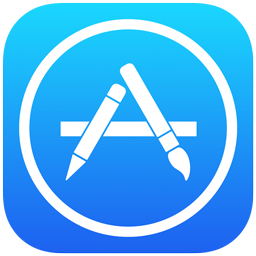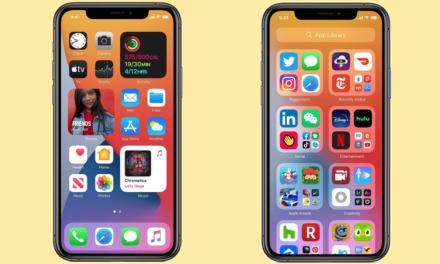Eden Zoller, Ovum’s principal analyst, says Apple’s iAd service is ambitious and slick but it still faces challenges before it can corner the market, not just from Google but from the complexity of video based in-application advertising.
“As Madison Avenue predicted, Apple has launched itself into the one mobile market from which it was absent, advertising,” Zoller says. “Thursday at the iPhone 4.0 launch it announced its play for this market, the iAd platform. Steve Jobs reckons there will soon be around 100 million Apple devices on the market and that most of people’s mobile activity will be dominated by applications, where they will spend around 30 minutes a day. According to Jobs, if 10 ads were to appear on each device per day this would make for one billion ad impressions daily. The potential revenue from this scenario could be substantial.”
The iAd platform supports in-application advertising and will span the iPhone, iPod touch and newly launched iPad. The iAd platform, built on the back of Quattro Wireless that Apple acquired in January for US$275 million, will support full-screen video and other interactive advertising formats built into applications, which is appealing to brands.
“But the danger with this level of integration is that unless in-app ads are extremely well designed and targeted, they will be super intrusive and turn users off,” Zoller says. “This is a tall order for agencies to get right.”
Mobile advertising does present Apple with a potentially big revenue opportunity but in some respects it had to introduce a mobile advertising proposition to bolster its application ecosystem, he adds. The price of paid applications is falling and the overall proportion of free to paid applications is increasing. Developers need new revenue incentives and this is another reason why advertising is so important to Apple. Under the business terms announced by Apple, developers will receive 60% of the iAd revenues generated by their application.
Steve Jobs is positioning his in-app advertising as a new category that is different from other formats such as search and online advertising in general. This is a little disingenuous as although in-app advertising is small it’s not new, and it is well understood that mobile is different environment from online, according to Zoller.
“Jobs also made much of how the emotional engagement of TV/video and the interactivity of the web are the two most desirable elements for both advertisers and users, but have never come together, especially on mobile,” he says. “Cue Apple, which will bring these elements together through the iAd experience. This is classic, clever Apple marketing which pushes the company’s innovation around the user interface to the forefront of mobile adverting. Apple is a genuine leader here but this should not blind us to the fact that rich video is a costly, complex format to deliver.”
The analyst thinks Apple will do a good job of addressing the complexity of in-app advertising and has an ecosystem that puts it in a leading position. It has a fast growing base of devices — Jobs says around 50 million iPhones have sold, and then alongside this is the iPod touch and new iPad. Apple has the largest application store on the market with 185,000 apps and 4 billion downloads to date.
Zoller says the counterpoint to this is that Google Android devices are picking up and Google is a far more experienced mobile advertising player than Apple, with a wider portfolio than just in-app advertising. Google’s ad solutions aren’t fancy but they are cost effective for advertisers with an easy, self-serve interface, he adds.
“It has also been given a strong boost in mobile advertising through the $750 million acquisition of AdMob, one of the largest mobile advertising networks in the industry,” Zoller says. “Google has made a show of welcoming Apple’s move into mobile advertising, and in this instance Google might actually mean it as it is hoping Apple’s push into mobile advertising will weaken the FTC argument for blocking its takeover of AdMob. With or without Admob, Google will face stiff competition from Apple but others will feel the pain more, for example rival device platform/app store players like Nokia and Microsoft and mobile operators pursuing their own mobile advertising strategy.”



